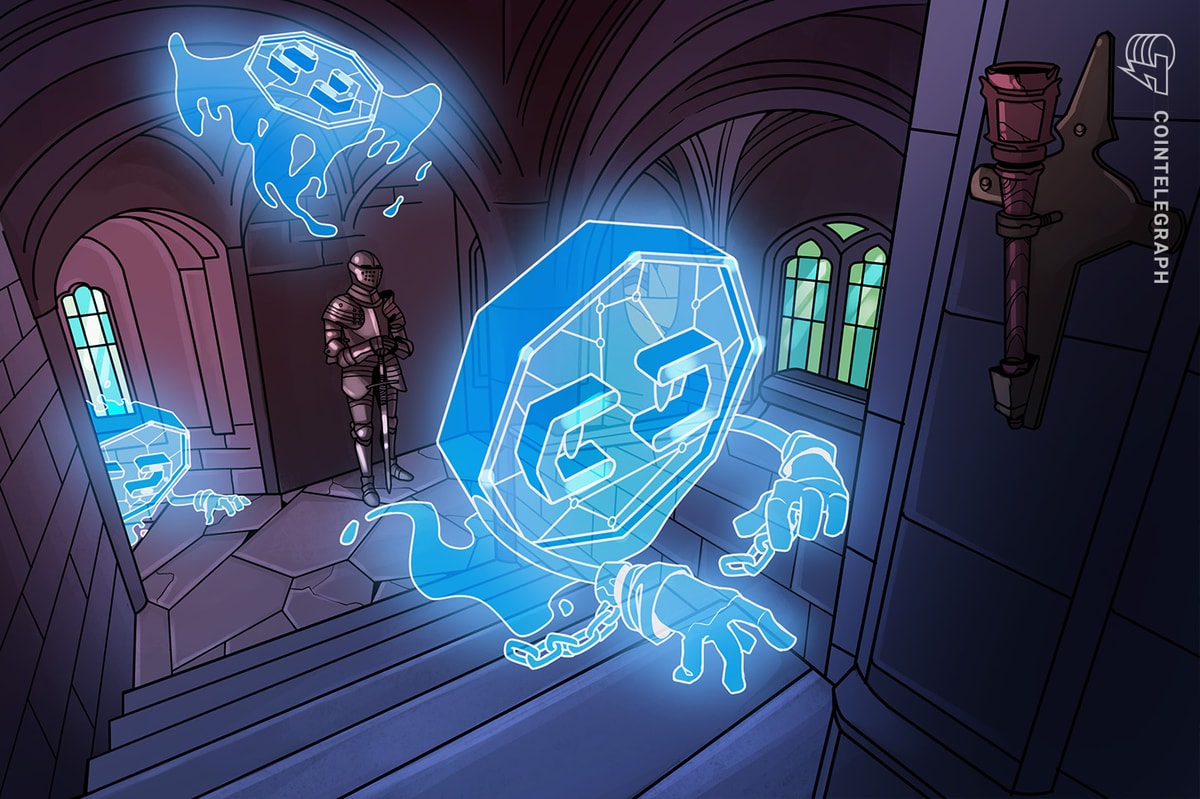
"Ghost chains are blockchains that are technically operational but have little to no real-world usage, development, or community engagement. Common warning signs include stagnant developer activity, low transaction volume, and inactive communities."
"A ghost chain refers to a blockchain that, while technically still running, has been abandoned by its developers and community."
"The rise of ghost chains stems from overlapping factors: original developers stop contributing, communication ceases, roadmap updates stop, and users migrate to more active ecosystems."
"From once-promising Ethereum killers to obscure layer-1s, the crypto landscape is dotted with examples of such projects that lost steam after initial hype."
Ghost chains are operational blockchains lacking real-world usage, development, or community engagement. Indicators of ghost chains include stagnant developer activity, low transaction volume, and inactive communities. Well-funded projects can still fail if adoption stalls. Developers can identify ghost chains by monitoring on-chain activity, GitHub contributions, token liquidity, and community health. Factors contributing to ghost chains include a halt in developer contributions, diminished user engagement, and a lack of updates. Ultimately, these chains might appear active but are functionally dormant, leading to their gradual fade from relevance.
Read at cointelegraph.com
Unable to calculate read time
Collection
[
|
...
]